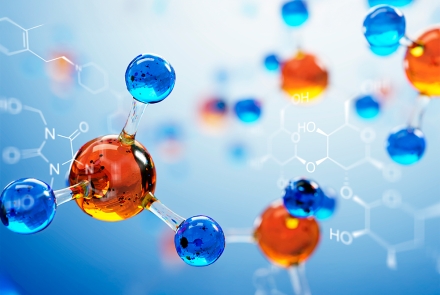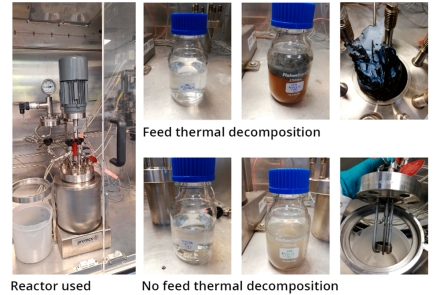The GLAMOUR Project
The GLAMOUR project aims to develop a process that converts waste bio-based feedstock such as crude glycerol into aviation and marine diesel fuels. The project involves high pressure, auto-thermal reforming/gasification using chemical looping to produce syngas and the integration of a Fischer-Tropsch compact reactor using a 3D printed structured catalyst.

The process aims to achieve full conversion of crude glycerol into synthetic paraffine kerosene (FT-SPK) for use as jet fuel and into marine diesel oil (MDO) with an energy efficiency of 65%. In the long term, GLAMOUR has the potential to produce advanced biofuels from new bio-waste and low-grade feedstocks, with a cost decrease of more than 35% compared to other benchmark technologies. The GLAMOUR project also aims to decrease emissions equivalent to 15% of aviation-based greenhouse gases in the European Union over a ten-year perspective and generate a scalable business of up to 11 billion euros per year.
The project´s main objectives include:
- The development, testing, and scale-up of new catalyst formulations for chemical and calcium looping reforming.
- The selection, testing, and scale-up of a new 3D-printed structured catalyst for Fischer-Tropsch synthesis.
- The demonstration of the glycerol-to-syngas conversion and fuel synthesis in a single process prototype at TRL5 after 1000 hours of operation.
- The overall techno-economic analysis and optimisation of the process for full-scale applications.
In their latest publication, the GLAMOUR project reviewed the chemical looping reforming (CLR) processes that can convert hydrocarbon fuels to high-quality hydrogen whilst reducing CO2 emissions. The review evaluates recent advancements in glycerol, ethanol and methane reforming for hydrogen production and the use of oxygen carrier materials like Ni, Fe, Cu, Ce, Mn and Co-based materials and the sorption-enhanced reforming process with CO2 sorbents like CaO, Li2ZrO3 and MgO for hydrogen generation. The study also addresses the technical challenges to achieve high-purity hydrogen and suggests possible solutions.>
To read the full scientific publication, go to A review of chemical looping reforming technologies for hydrogen production: recent advances and future challenges (glamour-project.eu)
And to learn more about the GLAMOUR project, visit their website at Glamour Project (glamour-project.eu)







